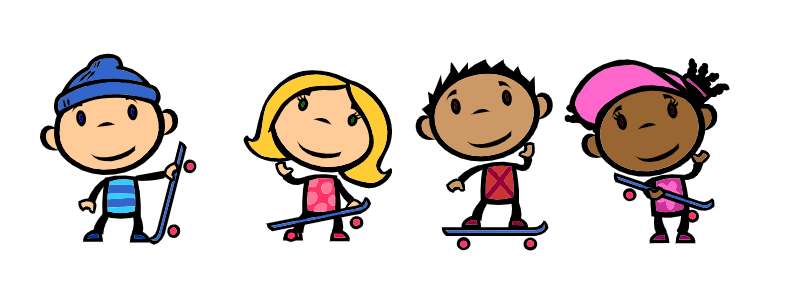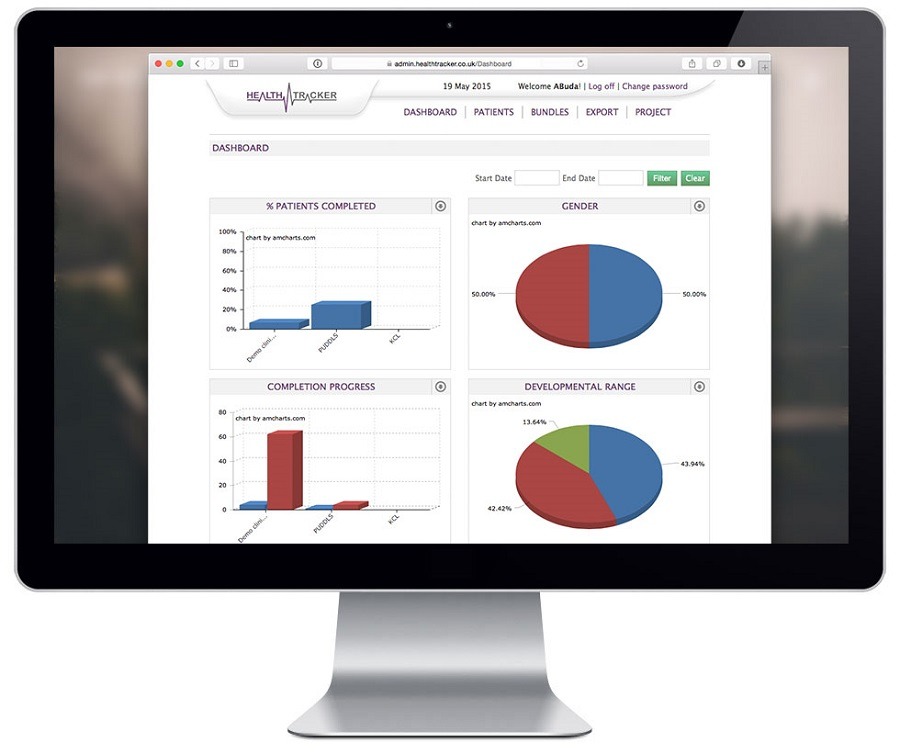
In order to help children with learning disabilities, a UK psychiatrist has founded an AI-based software platform that monitors health using multi-media questionnaires and automated triaging.
The HeathTracker tool, which is used by NHS staff, helps in dealing with the most severe end of the spectrum in cancer research.
CEO of HealthTracker professor Paramala Santosh said: “We decided, if we have to work scientifically with the data, we have to generate scientific information that can be used to improve what we do and also for others, so that’s the context in which the centre was set up.”
Professor Santosh presented the graphical e-health monitoring tool at the Wearabale Technology show in London in March, to demonstrate how the system is designed to help health professionals recommend treatments to patients from trusted clinical guidelines.

How are the HealthTracker questionnaires suitable for children with learning disabilities?
The web-based health monitoring system comprises animated questionnaires assisted by audio recordings for those with hearing problems.
Members of the HealthTracker team use digital health as part of their clinical care and Professor Santosh claims they are the only team to have a specialised analyst paid for by the NHS to obtain real-time analysis that impacts on patients treatment process.
He said: “Everyone talks about interoperability [computer systems or software to exchange and make use of information] and Electronic Patient Record (EPR).
“But the fundamental problem with getting data from an EPR as a clinician is the fact that you do not have standardised algorithms that have been calculated.”
Professor Santosh believes it’s poor quality if the information gathered from EPR is dependent on what’s written there, as completely different adjectives are being used due to different cultural and linguistic backgrounds.
He added: “If you want to truly make a difference, you need specific measures that have to be identified as quantifiable so everyone will say the same thing.”
To address this issue, the company invested in developing measures that help children and individuals with learning disabilities to complete online assessments.

He added: “Health Tracker is one of the few companies where you got clinicians having developed it and deciding that we need this because we knew what the problems were.
“Also, over the last ten years, we realised that if you wanted a clinician to participate in something got to do with health technology, you are going to fail if you ask them to do anything that is more than two to three minutes per patient.
“But if it is a patient, you have the luxury of being able to get roughly 10-12 mins per month of information from them.
“And if it’s a parent or carer, they’re willing to give you between 12-15 mins per month for the patient depending on how severe the problem is.”
Since making this observation, it had taken 12 years for the team to develop validated measures that met the criteria to receive data.
A principle of the company is not to store any personalised data of the patient on the system, this is to ensure they are always in the position to use the information as quickly as possible.
What are HealthTracker’s unique features?
Professor Santosh emphasises the importance of collecting information directly from young patients, including children with learning disabilities as what they inform the clinicians as patients matters the most.
A unique factor about the functional questionnaire is that it was co-produced with patients, clinicians and families to profile individuals in a systematic fashion.

Professor Santosh and his team noticed patients and families were not engaged in answering the routine questions: “Is the patient always on the go? Is the patient doing this or that?”
However, they responded well when supplied with a description of a problem, which they decide themselves if they fit with the experience described – this technique helped them build a rich profile of the patient.
The HealthTracker software also has the ability to match the right patient with the right clinician, an essential automated feature Professor Santosh stated usually takes six to eight months in routine care centres.
He said: “In my view, one of the biggest problems in cancer settings, as well as pediatrics and probably many other settings, is the inability to match the right patient with the right clinician.
“So we developed questionnaires which allows you to profile what the patients got and profile what the skill set of the team is.
“The system then matches up patients as soon as they complete it, it tells the team – clinician Y, B and C are the most appropriate people to be considered as the first choice.”
“Our fundamental aim was to develop questionnaires which were brief, validated and could be completed easily.
“Having systems like this allow us to actually provide patient-centered care and most importantly, it allows us to provide shared decision making.”






